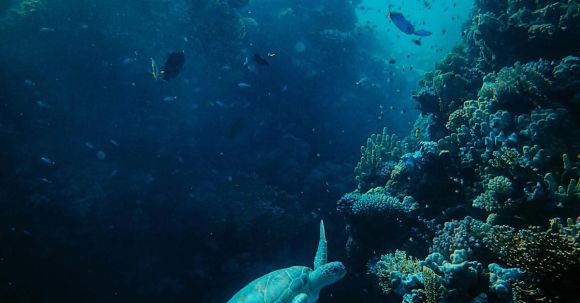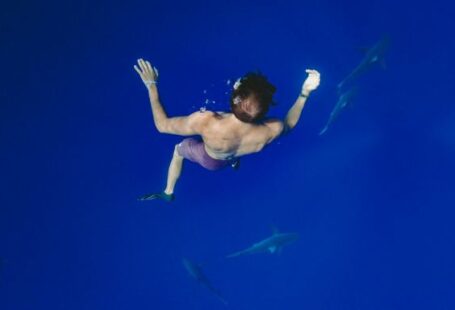The vast world beneath the ocean’s surface is teeming with an incredible array of fish and marine creatures. From vibrant corals to elusive sharks, exploring this underwater ecosystem is a fascinating experience. However, one challenge that many underwater enthusiasts face is identifying the different species they encounter. In this article, we will guide you on how to identify various species of fish and marine creatures, allowing you to appreciate and understand the incredible diversity that exists in our oceans.
Understanding Physical Characteristics
When it comes to identifying different species of fish and marine creatures, observing their physical characteristics is crucial. Pay attention to details such as body shape, coloration, fins, and markings. These features can provide valuable clues about the species you are observing. For example, the streamlined body and sharp, pointed teeth of a barracuda are distinct from the round body and suction cup-like mouth of a remora.
Identifying Fish Species
Fish come in a wide range of shapes and sizes, making identification a bit challenging. However, by focusing on key features, you can simplify the process. Start by observing the fish’s body shape. Is it elongated, cylindrical, or flat? Next, examine the fins. Take note of their size, shape, and position. The presence of specific fin types, such as dorsal, pectoral, and caudal fins, can indicate different species.
Furthermore, coloration and markings are also essential in fish identification. Some fish have striking patterns or vibrant colors that set them apart from others. For instance, the vibrant yellow and black stripes of a regal angelfish are unmistakable.
Identifying Marine Creatures
Marine creatures encompass a wide range of organisms, including invertebrates such as crustaceans, mollusks, and echinoderms. When identifying these creatures, it is essential to focus on their specific characteristics. For example, crustaceans, such as lobsters and crabs, have hard exoskeletons and jointed appendages.
Mollusks, on the other hand, have soft bodies protected by shells. Observing the shape and size of the shell can help identify different species of mollusks, such as clams, snails, and octopuses.
Echinoderms, which include starfish and sea urchins, have radial symmetry and spiny skin. Paying attention to the number of arms and the presence of tube feet can aid in identifying these fascinating creatures.
Utilizing Field Guides and Online Resources
Field guides and online resources are invaluable tools for identifying fish and marine creatures. Field guides provide detailed descriptions, illustrations, and photographs of different species. They often include information on habitat, behavior, and distribution, enabling you to make accurate identifications in the field.
Online resources, such as databases and forums, offer access to a vast amount of information and photographs shared by fellow enthusiasts and experts. These resources can be particularly helpful when trying to identify rare or elusive species.
Joining Local Marine Conservation Groups
Joining local marine conservation groups is an excellent way to connect with like-minded individuals and learn from experienced divers and researchers. These groups often organize educational events, workshops, and dives focused on marine species identification. By participating in these activities, you can gain valuable knowledge and hands-on experience in identifying different species of fish and marine creatures.
In conclusion, identifying different species of fish and marine creatures requires careful observation of their physical characteristics, including body shape, coloration, fins, and markings. Understanding the specific features of fish and marine creatures, utilizing field guides and online resources, and joining local marine conservation groups are all effective strategies to enhance your identification skills. By honing your ability to identify these fascinating creatures, you will deepen your appreciation for the incredible diversity that exists beneath the ocean’s surface.





